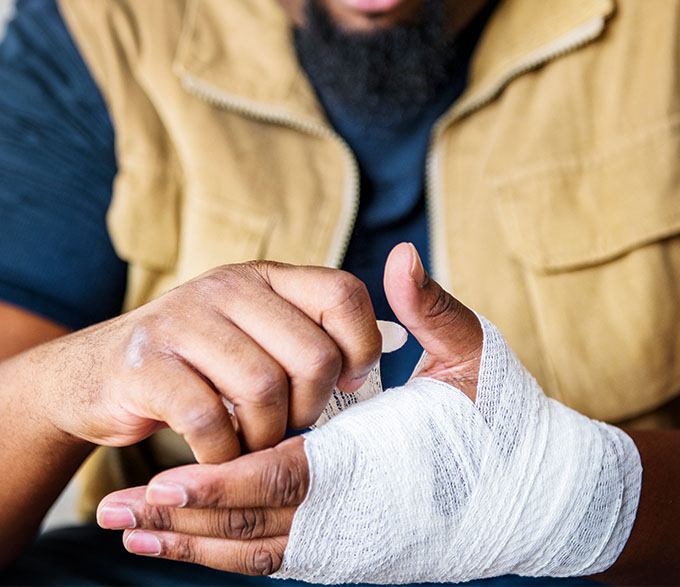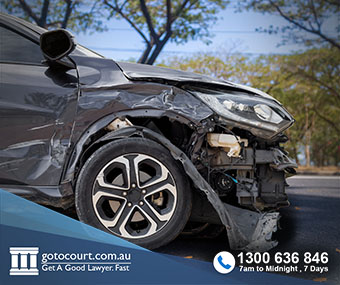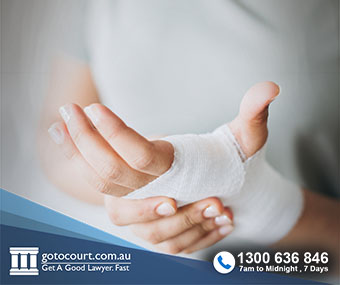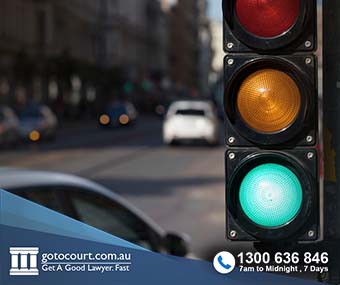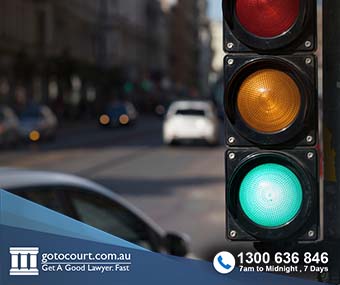Personal Injury Law Victoria
Personal injuries in Victoria are governed by a number of pieces of legislation. These include the Wrongs Act 1958, the Transport Accident Act 1986 and the Workplace Injury Rehabilitation and Compensation Act 2013.
Under the Wrongs Act 1958, a person who has suffered non-economic and economic loss as a result of a personal injury or death can claim compensation in the form of damages. Such claims are negligence claims and more information can be read in our dedicated article, Negligence in Victoria.
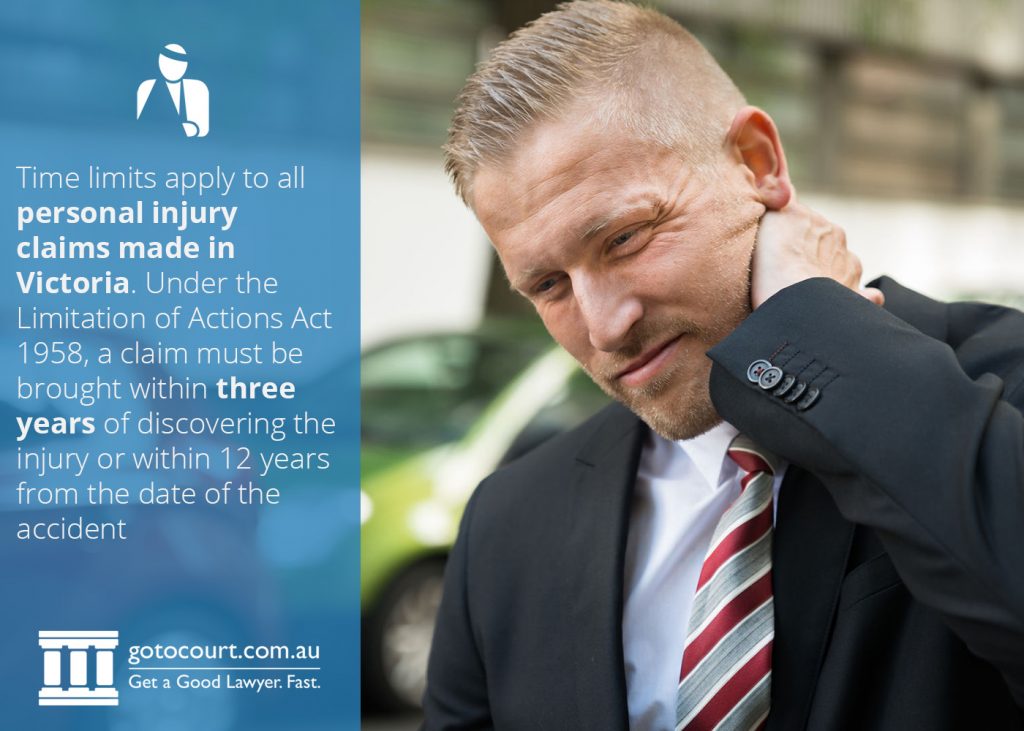
Negligence claims in Victoria cover a wide variety of personal injury cases, and include:
- Vehicle and car accidents;
- Workers compensation;
- Medical malpractice;
- Serious injuries;
- Public and product liability; and
- Dust diseases, including asbestos related diseases.
Time limits apply to all personal injury claims. Under the Limitation of Actions Act 1958, a personal injury claim must be brought within three years of the discovery of the injury or within 12 years from the date of the act (or omission) which caused the injury, whichever expires first.
Recommended Resources
Victoria Compensation Resources
Medical Negligence in Victoria
Duty of Care in Aged Care Victoria
Vehicle and car accidents
Victorians who are injured or have died as a result of a traffic accident can generally make a claim with the Transport Accident Commission under the Transport Accident Act 1986. Drivers, passengers, pedestrians and cyclists are covered by the scheme.
Importantly, compensation will not be paid by the Transport Accident Commission if compensation for personal injury is paid under the Accident Compensation Act 1985 or Workplace Injury Rehabilitation and Compensation Act 2013, or the Accident Compensation (WorkCover Insurance) Act 1993.
Workers compensation
There is a scheme available in Victoria which allows for claims for compensation over workplace injuries to be made under the Workplace Injury Rehabilitation and Compensation Act 2013. This is in addition to general claims of negligence made against employers for workplace injuries (known as common law claims).
The Workplace Injury Rehabilitation and Compensation Act 2013 provides a framework for employers and workers to ensure steps are made to avoid injury, as well as provide a system of compensation. Under section 19, the Act provides a flow chart which explains the process of a worker making a claim for an injury suffered at work.
In addition to employers having obligations, workers also have obligations under the Workplace Injury Rehabilitation and Compensation Act 2013. Understanding these obligations, in particular the ones which arise after an injury is suffered, can affect rights and entitlements to compensation.
Medical malpractice
Medical malpractice in Victoria is a complex area of law in of itself. In Victoria, successful claims are determined by the courts in accordance with the law. The prevailing law at the time of writing was determined by the High Court of Australia in the case of Rogers v Whitaker (1992) 175 CLR 479.
Generally, to prove a medical negligence or malpractice case in Victoria, you must demonstrate that a medical professional neglected to practice an acceptable standard of medical care. That negligence must have resulted in a significant injury.
Victorian law limits the types of losses that are claimable for compensation. As such, if you believe you might have a claim for medical negligence, it is important to discuss your rights and options with a lawyer.
Public and product liability
Public liability is a category of negligence which focuses on injuries which are sustained in public areas. Those injuries must be the result of the fault (or negligence) of someone else.
Public liability often involves evidencing a relationship between the injured person and the at-fault party which requires the at-fault party to owe a duty of care. To be successful, you must then be able to demonstrate that the at-fault party breached their duty of care and your injuries resulted directly from that breach.
Product liability has a similar process to public liability and is also governed by the Wrongs Act 1958. In cases involving product liability, it must be demonstrated that a product is faulty and that injuries were caused by the faulty product. As the Australian Consumer Law (under the Competition and Consumer Act 2010) also applies, it is important to seek professional legal advice if you think you have a product liability claim.
Dust diseases and asbestos related diseases
Claims for compensation due to a dust or asbestos disease in Victoria are generally made under the Wrongs Act 1958. Unlike other areas of personal injury law in Victoria, a number of caps and limitations on compensation claims do not apply.
As this type of claim involves a number of complex legal inclusions and exceptions in law, it is best to consult with a lawyer if you believe you have a personal injury claim involving a dust or asbestos related disease.












